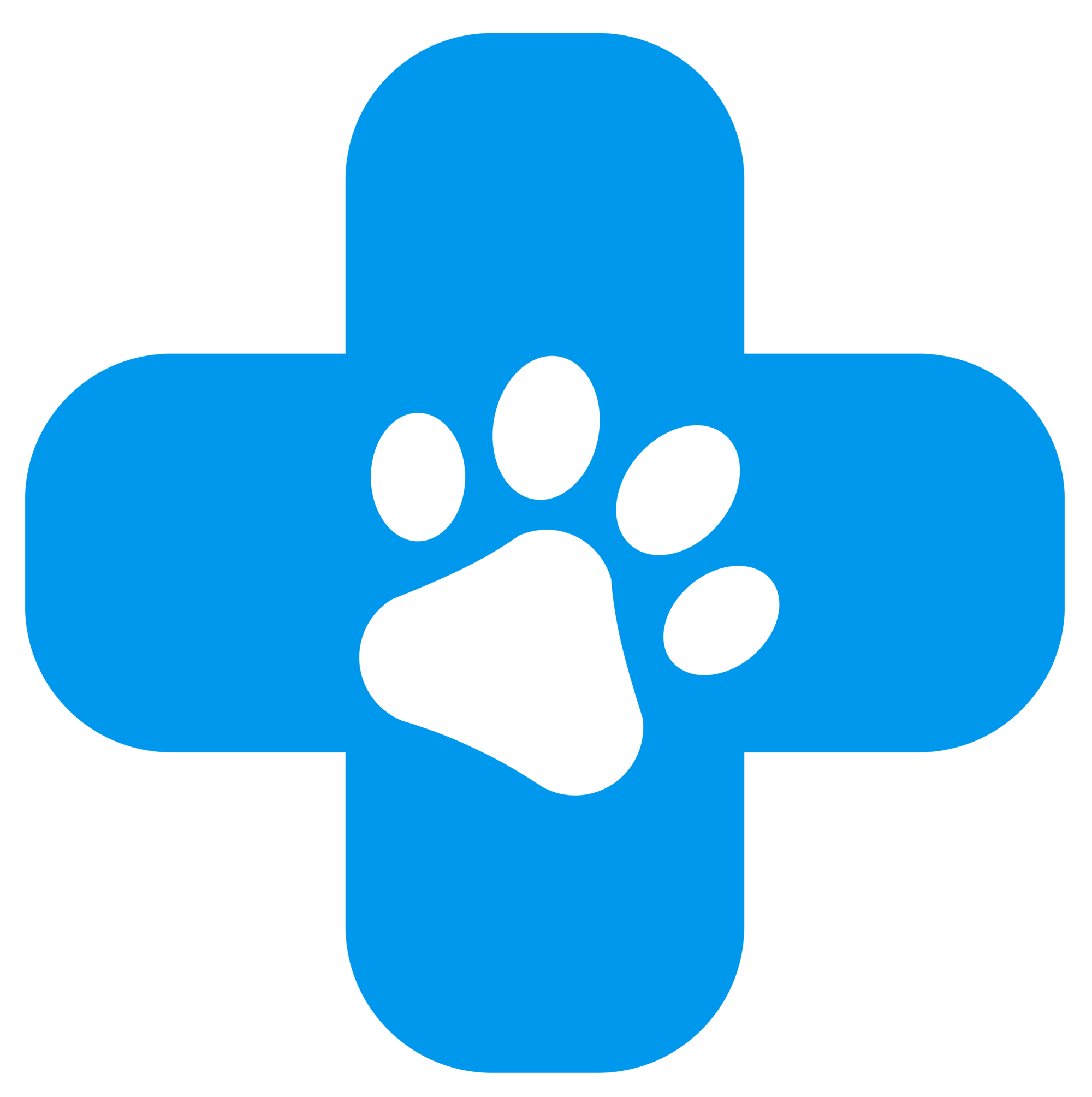Hernia Repair Recovery Guide for Dogs
After a hernia repair, a structured recovery plan is essential to ensure proper healing and minimize complications. The following guidelines outline the key steps for post-operative care. Please review each section carefully and consult your veterinarian if you notice any concerns.
1. Incision Care
- Daily Monitoring:
- Inspect the incision frequently until it is completely healed.
- Look for signs such as swelling, oozing, pus, redness, heat, bad odor, or any issues with sutures/staples (loose or missing).
- Cleaning Instructions:
- If the incision becomes dirty, gently clean it with mild hand soap and lukewarm water.
- Pat the area dry with a clean paper towel.
- Otherwise, avoid unnecessary contact with the incision.
- Licking Precautions:
- Excessive licking can irritate the incision, leading to infection or increased drainage.
- A minimal amount of drainage (none to just a few drops) is normal.
2. Medication Management
- Administration Guidelines:
- Follow the prescribed medication schedule exactly and complete the full course.
- If a dose is missed, do not double the next dose; simply resume the regular schedule.
- NSAID Usage:
- Always administer NSAIDs with food to help prevent stomach upset.
- Always administer NSAIDs with food to help prevent stomach upset.
3. Nutrition, Elimination, and Bathing
- Feeding & Hydration:
- A slight decrease in appetite during the first day post-surgery is generally normal.
- If your dog isn’t eating or drinking within 24–36 hours after going home, contact your veterinarian.
- Ensure fresh water is always available.
- Bowel Movements:
- It is common for dogs to experience a delay in bowel movements (1–3 days) after surgery.
- If no stool is produced within 72 hours, give a tablespoon of canned pumpkin and notify your veterinarian.
- Bathing Restrictions:
- Do not bathe your dog until after sutures or staples have been removed, typically around 14 days post-operation.
- Do not bathe your dog until after sutures or staples have been removed, typically around 14 days post-operation.
4. E-Collar (The Cone)
- Purpose and Function:
- Prevents your dog from licking, biting, or scratching the incision, which can lead to infection or dislodged sutures/staples.
- Types and Usage:
- E-collars come in various forms (plastic, fabric, or inflatable).
- Consult your veterinary team to choose the best option for your dog’s needs.
- Usage Tips:
- Eating may be more challenging with the collar on.
- If the collar is removed, closely supervise your dog until it is replaced.
5. Activity Restrictions
- Movement Guidelines:
- Limit your dog’s activity to short, leashed walks only.
- Avoid running or any vigorous activity for 14 days following surgery.
Following these guidelines will support a smooth recovery after hernia repair. If you have any concerns or notice any unusual signs during your dog’s healing process, please consult your veterinarian immediately.
